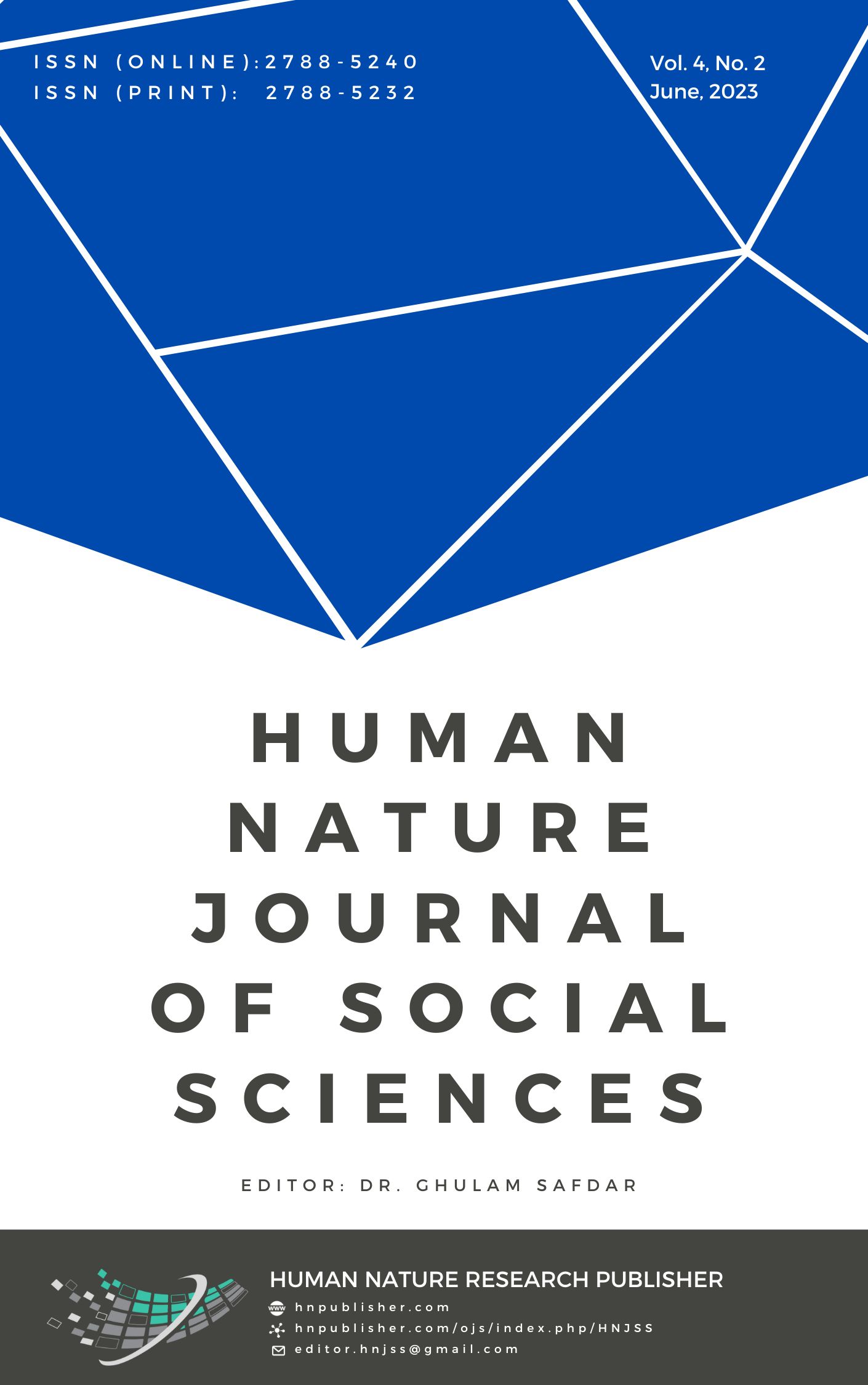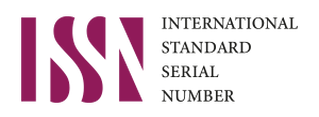Decision Making by Teachers under Institutional Isomorphism in Educational Institutions
DOI:
https://doi.org/10.71016/hnjss/fzajx581Keywords:
Institutional Isomorphism, Coercive Isomorphism, Normative Isomorphism, Memetic Isomorphism, Elementary LevelAbstract
Aims of the Study: The article aimed to understand the process of institutional isomorphism in federal government educational institutions (FGEIs). It described how decision-making rationalities were maintained among teachers, under institutional isomorphism in primary and secondary schools. The main objectives of the study comprised; 1) to analyze the perceptions and presence of institutional isomorphism at FGEIs, 2) to analyze the decision making by teachers under institutional isomorphism.
Methodology: Mixed method approach was adopted to find the answer of the research study. Interviews from FGEIs local and regional officials were conducted for qualitative data. Questionnaires were administered collected data from different schoolteachers of FGEIs. The population of the study was Regional and Local Headquarters’ officers of FGEIs, all Heads and 106 randomly selected teachers of FGEIs.
Findings: Coercion in relation to institutional isomorphism was maintained in FGEIs through formal laws and SOPs monitor and execute leading to coercive institutional isomorphism. Through a standard such as a value, norm, rule, goal, best practice, or principle. Whereas principles of FGEIs were of the view, this phenomenon has implication for employees.
Conclusion: The study concluded that a significant presence of strong isomorphism within FGEIs, resulting in limited autonomy for school heads when it comes to making decisions related to the school.
Downloads
Published
Issue
Section
License
Copyright (c) 2023 Tanzeel Ur Rahman Mir, Dr. Tahira Bibi, Ammara Nasim Sahi (Author)

This work is licensed under a Creative Commons Attribution-NonCommercial 4.0 International License.








